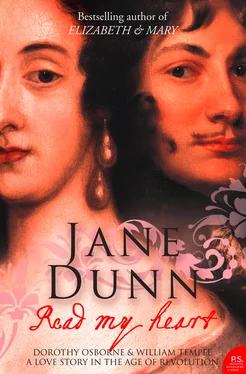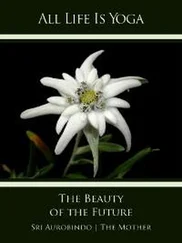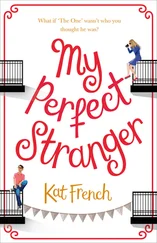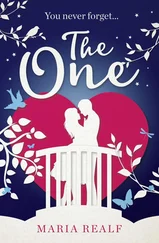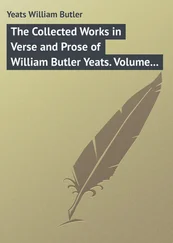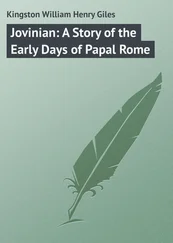1 ...7 8 9 11 12 13 ...32 Guernsey, along with all the Channel Islands, was of great strategic importance, sited as it was in the middle of a trade route and within striking distance of France: a contemporary scholar described them, ‘seated purposely for the command and empire of the ocean’. 8 At a time when prosecutions for witchcraft on the English mainland were in decline, Guernsey was distinguished for its zealous persecution of witches and sorcerers and its more barbaric treatment of the accused. It seemed that being old, friendless and female carried an extra danger there: ‘if an ox or horse perhaps miscarry, they presently impute it to witchcraft, and the next old woman shall straight be hal’d to prison.’ 9 The minister of the established Presbyterian Church of Guernsey wrote of the cruelties practised on convicted witches in Normandy in an attempt to get them to confess: ‘the said judges … before the execution of the sentence, caused them to be put to the torture in a manner so cruel, that to some they have torn off limbs, and to others they have lighted fires on their living bodies.’ 10 Anglo-Norman in culture, Guernsey followed this approach rather than that of the more moderate English in their treatment of convicted witches. As the dungeons of Castle Cornet provided the only real jail on the island, Sir Peter Osborne would have become responsible for any poor wretch incarcerated there prior to eventual execution by hanging or burning.
The threat of war evaporated, however, soon after these extra troops had arrived and the townspeople, restive at having to support their living expenses, agitated to have them dismissed. They were ordered back to England by the beginning of 1629. Sir Peter Osborne may well have returned with them and travelled on to his estate in Bedfordshire, to spend some time with his family. His father had died and he had inherited the estate, and his youngest and last child, Dorothy, was by then in her second year.
Dorothy’s mother, along with the vast majority of women of her class, was unlikely to have breast-fed her children. The Puritan tendency was gaining moral force by the beginning of the seventeenth century and proselytised the benefits of maternal breast-feeding but the Osbornes of the time did not identify themselves either with such radical religious or political interests. For a woman like Dorothy’s mother to feed her own child was still such a rarity that it would have excited some kind of comment or record. She was much more likely to have paid another woman, already nursing her own baby, to do the job. However there were various progressive tracts advising that maternal breast-feeding helped make the mother and child bond stronger, re-enacted the Blessed Virgin’s relationship with Jesus, and safeguarded the child from imbibing the inferior morality of the wet nurse (a name first given to these practitioners in 1620).
Juan Luis Vives, * the celebrated educationalist of the previous century, whose ideas influenced the education of both Mary I and Elizabeth I and extended well into the seventeenth century, looked to the animal kingdom to support his treatise that a mother who fed her own child built a stronger bond: ‘Who can say to what degree this experience [maternal breast-feeding] will engender and increase love in human beings when wild beasts, which are for the most part alien to any feelings of love for animals of a different species, love those who nourished and raised them and do not hesitate to face death to protect and defend them?’ He also feared for the effect on the child of suckling from a woman other than its own mother: ‘we are often astonished that the children of virtuous women do not resemble their parents, either physically or morally. It is not without reason that the fable, known even to children, arose that he who was nurtured with the milk of a sow has rolled in the mire.’ 11
By Vives’s standards the woman who was chosen to feed the youngest Osborne must have had not only a talent for childcare, for Dorothy survived infancy, * but also moral and intellectual qualities of some distinction. By the time her father returned from Guernsey, Dorothy would have been weaned and begun to take her place in the family. Despite the eight sons already born to her mother and father, it was still customary to deplore the birth of a girl. Give me sons and yet more sons was the usual cry from both men and women. Letters and journals of the time were full of fathers’ disappointments and mothers’ apologies for failing to provide the family with another boy. Lady Anne d’Ewes wrote to her absent husband, already the father of sons, making the best of their disappointment, ‘though we have failed in part of our hope by the birth of a daughter, yet we are freed from much care and fear a son would have brought.’ 12
Dorothy does not write directly of her early education but there was no doubt from her letters that she was wonderfully expressive in her own language and reasonably fluent in French. She had a sophisticated and unusually direct writing style that was highly valued by William Temple and his sister, and other contemporaries lucky enough to receive them. Dorothy was sharply intelligent and perceptive with a strong will and mischievous wit. A keen reader, she knew her classical authors, was particularly fond of Ovid, and devoured contemporary French novels of interminable length so enthusiastically that she even bothered to reread some of them in English, commenting unfavourably on the quality of the translations.
It is most likely that her education was mostly at home at Chicksands and then, with the political upheavals of civil war, possibly for a time in Guernsey with her father, and later in France. It was usual for a daughter in her position at the end of a big family and very close in age to the brother above her to be educated initially with him, sharing some lessons at least. In the case of the Osborne family, home education of the previous generation was conducted by the local curate, as was the case for their uncle Francis growing up at Chicksands some two decades earlier. A cynical man who felt he had not fulfilled his promise, he blamed his home education for his lack of skills necessary to progress in a self-serving world. School learning, on the other hand, he believed, would have instilled the duplicity and opportunism necessary for success.
Personal ambition and independence of mind were reckoned absolutely undesirable, even a sign of madness, in a girl growing up in the early seventeenth century. The remarkable flowering of English women’s education among the elite had been a temporary phenomenon of the mid-sixteenth century and was now over. For a while, Sir Thomas More’s famous statement, ‘I do not see why learning … may not equally agree with both sexes,’ 13 was put into triumphant practice by a number of noblewomen of the time. Elizabeth I and the daughters of Sir Anthony Cooke (who united their brilliance with the Cecil and Bacon families) were shining examples of this efflorescence. However, by the time Dorothy was a girl the rising tide of Puritanism stressed a more obedient and domestic role for women. Certainly daughters of the gentry were taught to read and write. Fluency in French was also considered a useful refinement for a lady. But equally important was learning the social arts of music, dancing, drawing and embroidery. There is lasting evidence that Dorothy excelled at the last, for a beautiful silk coverlet finely embroidered by her with a variety of animals and insects, birds and flowers still exists in her family’s keeping.
A contemporary of Dorothy’s, Anne, Lady Fanshawe, had a broadly similar structure to her life * and described in her memoirs her early education in the country and frustration at learning the womanly arts when she longed to be living an active life: ‘[it] was with all the advantages that time afforded, both for working all sorts of fine works with my needle, and learning French, singing, lute, the virginals, and dancing; and, not withstanding I learned as well as most did, yet was I wild to that degree that the houres of my beloved recreation took up too much of my time, for I loved riding in the first place, and running, and all acteive pastimes; and in fine I was that which we graver people call a hoyting girle.’ 14
Читать дальше
